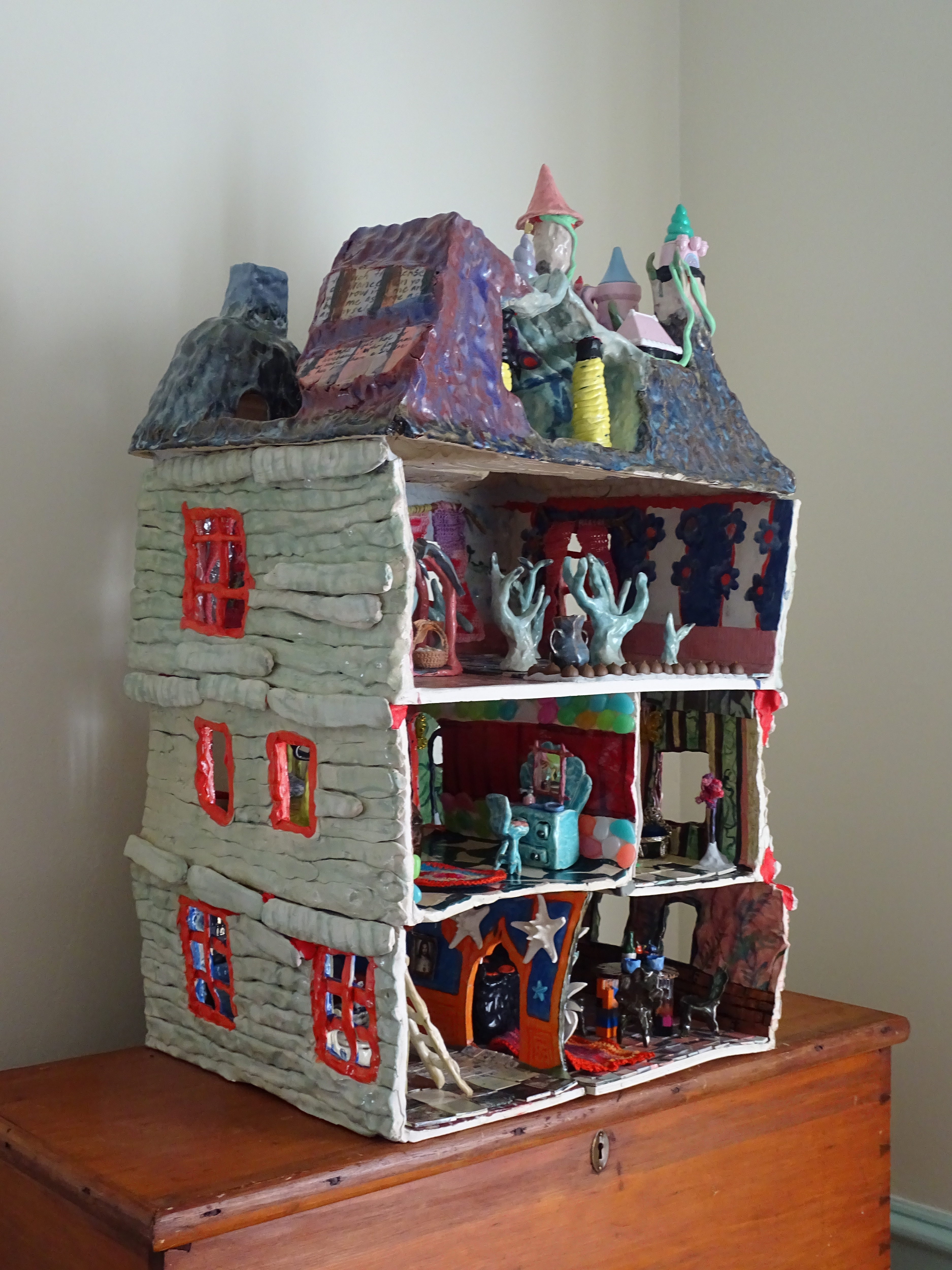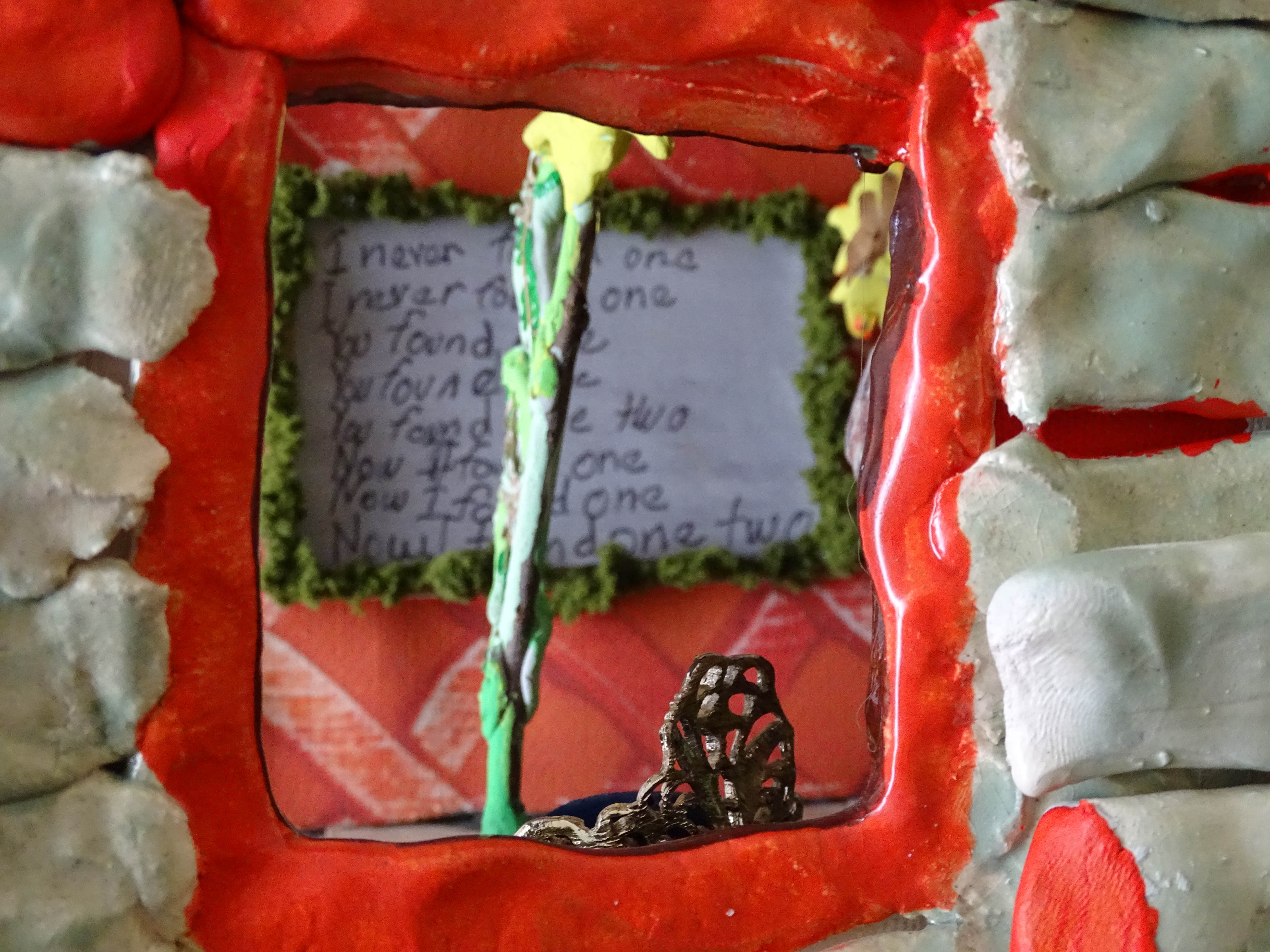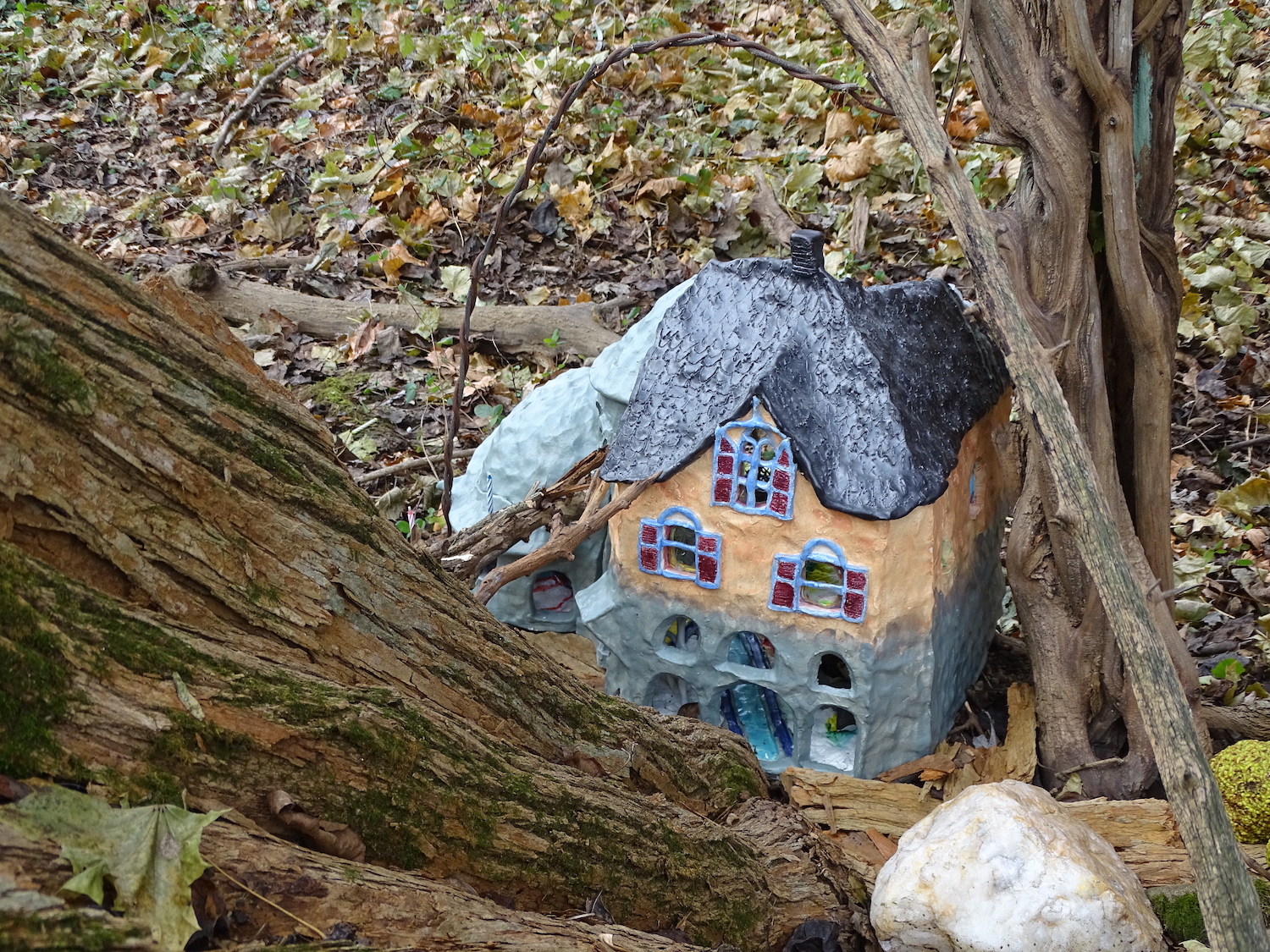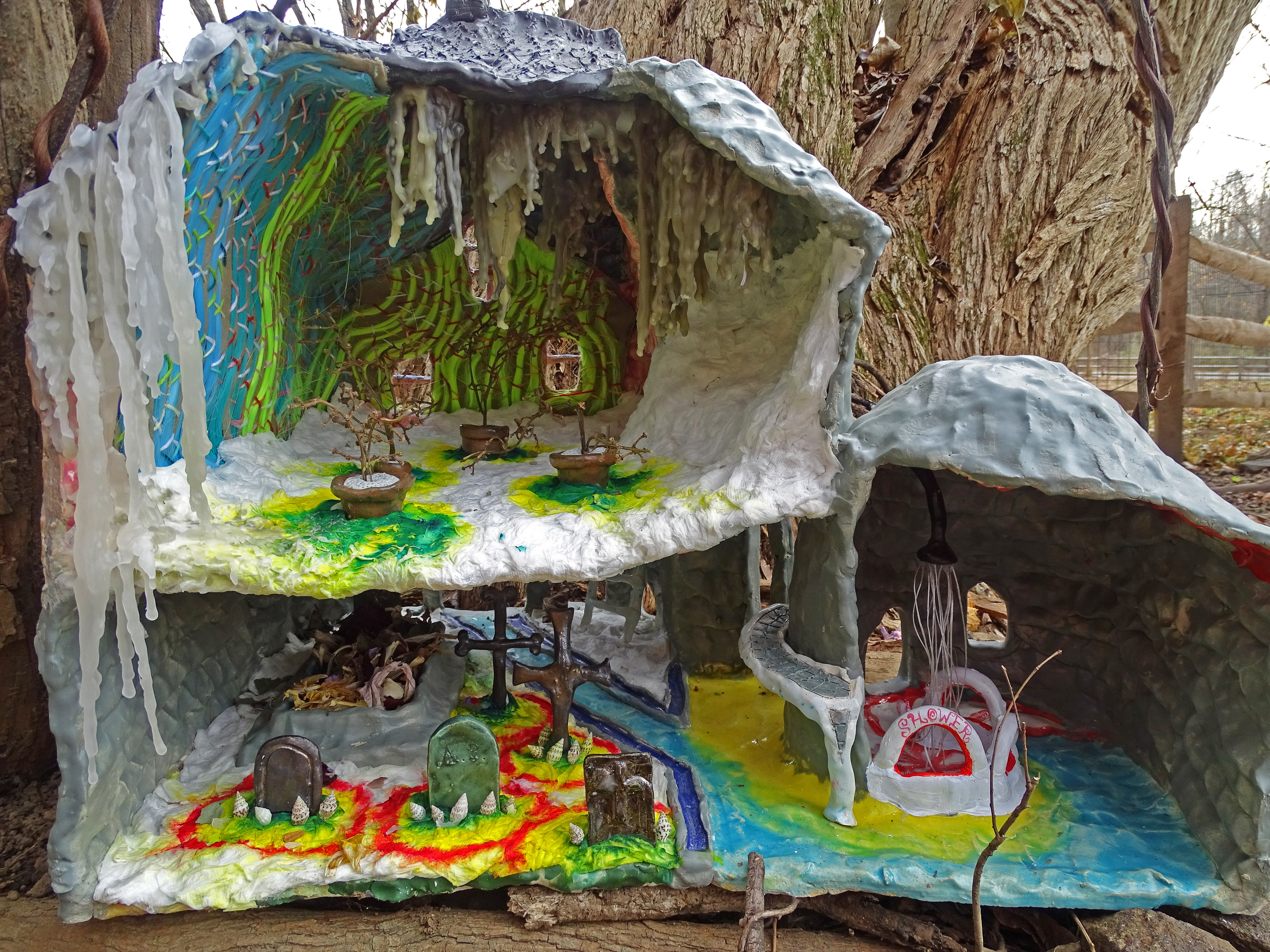I'm wearing a Little
I'm asleep
I'm sinking and drying a little
I'm a little bit chopped up and blushed
I'm not old
Am I a little up the hill? Yeah! Maybe
It is natural that over time a person should be raised a little but it does not matter
I'm a little nervous about the mountain
Sometimes I'm a little weird and serious but that doesn't mean I'm completely lost I hope
I'm very strict I can assure you
I do not expect that I am lost because
but it doesn't matter
I'm OK I'm terrified but nervous I am very afraid
![]()
Great (Chaotic) Chain of Being
2021
glazed stoneware, grout, plywood, felt, wool, embroidery thread, Red Rose Tea figurines
23” W x 23” D x 40” H![]()
I'm asleep
I'm sinking and drying a little
I'm a little bit chopped up and blushed
I'm not old
at least not I'm not exactly sixty
not by any means I'm not even sixteen years old
I'm moving around a little bitAm I a little up the hill? Yeah! Maybe
It is natural that over time a person should be raised a little but it does not matter
I'm a little nervous about the mountain
Sometimes I'm a little weird and serious but that doesn't mean I'm completely lost I hope
I'm very strict I can assure you
I do not expect that I am lost because
I repeat
I am extraordinarily harsh I am extraordinarily harsh
I'm getting bad a little disappearingbut it doesn't matter
I'm OK I'm terrified but nervous I am very afraid
Great (Chaotic) Chain of Being
2021
glazed stoneware, grout, plywood, felt, wool, embroidery thread, Red Rose Tea figurines
23” W x 23” D x 40” H



︎
Emerita terebinthinas, the pistachio crab, spends most of its life on cubes as a terrestrial species, though it requires access to both freshwater and saltwater to keep its gills damp or wet to survive and reproduce. Emerita terebinthinas has a barrel-shaped body, a tough exoskeleton and can hold its appendages close to the body. It has feathery antennae, which are used to filter plankton, detritus and trash from the swash.
Discovered in 2020 at Cape May Point, NJ, USA, these small animals evolved from Emerita analoga, the Pacific sand crab, by adapting to the new shorelines and intertidal zones created by rising, warming oceans. They thrive in swash regions that were once entirely grounded by sand but now abut and cover human-made architecture and objects. They have evolved to proliferate on right angles, making cubes their ideal habitat for reproduction.
Discovered in 2020 at Cape May Point, NJ, USA, these small animals evolved from Emerita analoga, the Pacific sand crab, by adapting to the new shorelines and intertidal zones created by rising, warming oceans. They thrive in swash regions that were once entirely grounded by sand but now abut and cover human-made architecture and objects. They have evolved to proliferate on right angles, making cubes their ideal habitat for reproduction.
In addition to plankton, pistachio crabs feed on plants that grow in moisture cracks of concrete, stone and wood. They burrow into these cracks (widening the fissures, making room for more plant growth) and bore into wood and plant material for ingestion as food. The cellulose of wood is digested, most likely with the aid of cellulases produced by the crabs themselves. Years of this behavior slowly breaks down the structures on which it takes place, leaving only sand and dirt where buildings once stood.
Pistachio crabs have no art, music or written language. They have no religion other than a belief in the sacredness and continuity of life. They have perfect memories and can relay experiences and information to each other directly.
︎︎︎ Emerita terebinthinas
2021
glazed stoneware, grout, advent calendar, wax paper, watercolor, tea set, epoxy clay, metal hinges, pistachios crabs, glass

︎



Gratitude Room;
2019
glazed porcelain, epoxy clay, yarn, pieces from a Trendmaster Starcastle,
used Band-Aid, acorns, Legos, glow in the dark rocks, dried flowers;
32 H x 22 D x 25 W inch

︎


 ︎︎︎ Rain-Pipe Harpsichord Clock;
︎︎︎ Rain-Pipe Harpsichord Clock;2019; glazed ceramic, paper-mache, dye, wax, grape stems,
acrylic hair, embroidery thread, dried flowers, shells;
22 H x 30 W x 24 D inches

︎

 ↑ Machine Room;
↑ Machine Room;2019; glazed ceramic, epoxy clay, plastic , yarn, wire, fake moss, pencil and paper
3 feet 6 inches x 2 feet 5 inches (house measurement)

